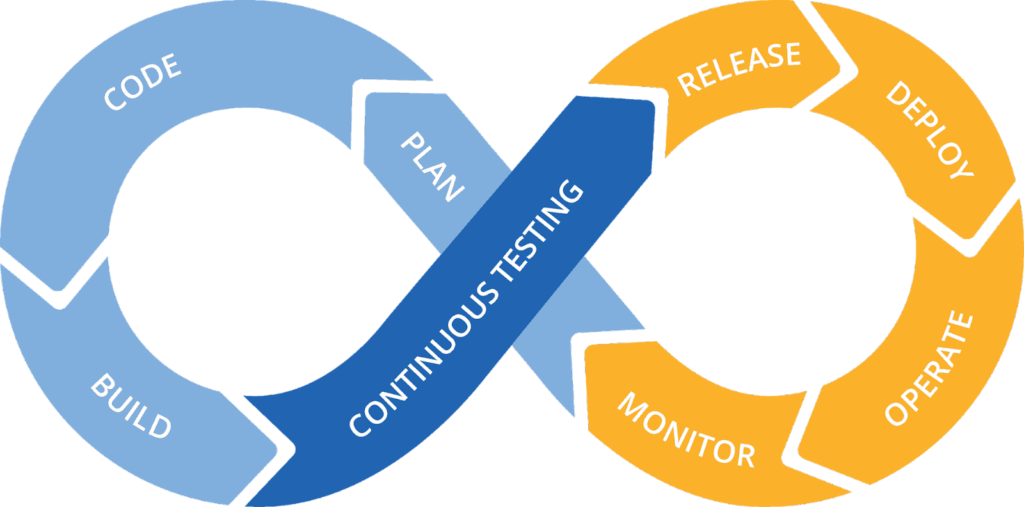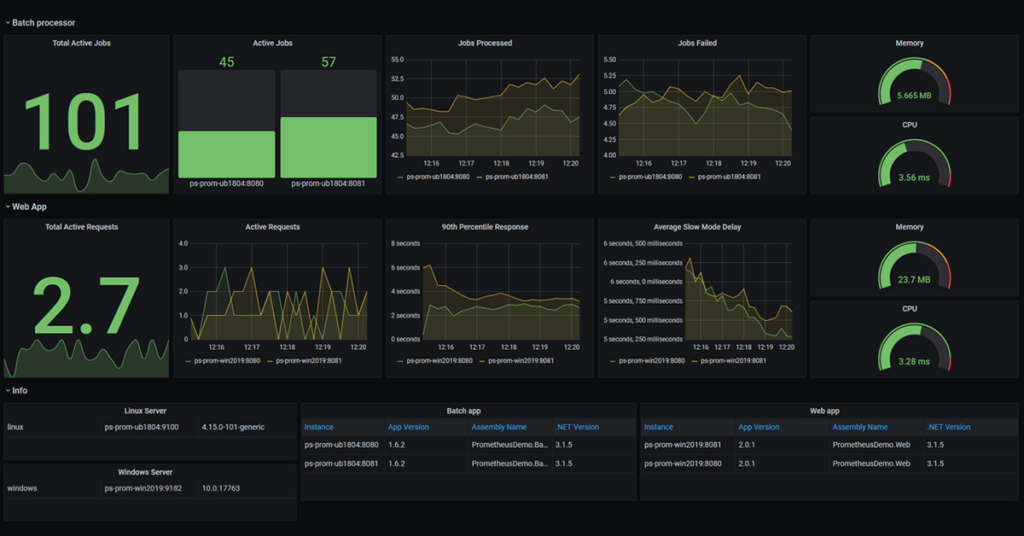Deployment automation is a set of capabilities that lead to higher software delivery and organizational performance. With deployment automation, companies release new features faster and more frequently. These capabilities were discovered by the DORA State of DevOps research program, an independent and academic investigation into the practices and capabilities that result in better performance.
Deployment automation is a practice that allows software developers to increase their speed by fully or partially shipping code across respective levels of the development process.

Organizations must be flexible enough to adapt to the increasing speed at which software is developed. Various technological innovations have improved ways of building, testing and shipping software. For your company to have a competitive advantage, your development process, systems, and company culture must align and function efficiently. Deployment automation is an innovation that can motivate your organization to increase the speed at which new features are delivered.
Why opt for Deployment Automation?
Deployment automation enables you to check and test whether new features work as anticipated; this can be done through performing unit or integration tests. With automated deployment in place, positioning your application to an actual environment and monitoring the application’s behaviour when it interacts with all your tools and dependencies becomes effortless.
In case you need to improve accuracy, deployment automation is the key. Some companies will require you to manually create testing environments, copy and execute commands from a Word file one by one, and provision test databases and other tools that interact with your application. This consumes a lot of time and creates room for human error. Deployment automation solves this problem by automating all these tasks, even database creation and provisioning. It eliminates entirely manual processes.
Without deployment automation, you will have to wait for application feedback when the team leader decides to tag a new release and move it to the quality assurance phase. Only then can you gather these kinds of insights. In other words, you can detect bugs much faster and save time due to the faster feedback model. With deployment automation, ultimately, there is a reduced possibility of errors.
Once configured, deployment automation drives consistency and repeatability; the process is the same every time you initiate a release. It contributes to more frequent and stable releases. This consistency considerably assists in diagnosing errors as it reduces the possible variables.
How to implement Deployment Automation?
You must follow these six recommended best practices when designing your automated deployment process.

Set up a Continuous Integration server.
- Choose an existing server, such as Jenkins, TeamCity, Hudson, TFS etc.
- Set up your first build (a link to your source code, for example, on GitHub and a command to build the application)
- Ensure that it runs every time a change is checked into source control.
Set up a few test suites. Set up a separate build for each test suite and link the builds like dominos so each is triggered by the one before it. This way, you see very quickly if there is some problem – the problematic code change stops at the first test that recognizes it and does not go any further.
Add a deployment step. On your Continuous Integration server, set a build that runs your script to deploy your application to a testing or staging environment. Ensure that it runs only when all the tests pass.
Continuous testing. Make sure to include automated testing in your deployment automation pipeline. Continuous testing is achieved by automating tests; automation allows the tests to be executed as soon as a piece of code is ready at their respective stages of the release pipeline. Therefore, continuous testing helps developers approach the ideal of evaluating quality at several stages of a pipeline where code is continuously developed, delivered, and deployed. It drives faster releases, reduces risks, and provides high quality and job satisfaction. You can also include checks to roll back to a previously working code change when tests fail.
Types of tests may include:
- End-to-end (E2E) testing simulates users interacting with your application.
- Performance testing helps you to detect choke points or memory leaks.
- Exploratory testing is a random testing method to find unexpected behaviour.
Configuration management for environments. The goal is to take repetitive manual processes like build, deployment, regression or testing and automate them. To achieve this, we need to version control everything required to perform these processes, including source code, test and deployment scripts, and infrastructure and application configuration information. Implementing a version control system for storing and making changes against your environment’s configuration is important. Creating a configuration repository that stores environment-specific configurations let your deployment automation tool pull in the required configuration per environment. On top of that, by versioning your configuration changes, you get more visibility into how your configuration has changed, and it becomes easier to audit configuration issues.
Monitoring and logging. This stage is where developers receive feedback and monitor the system’s health. With various monitoring tools, you can set alerts to detect issues with your application. There’s no value in deploying your application automatically and having to search through your logs to find problems. Following general DevOps practices, monitoring is also automated and done continuously using a monitoring tool that can alert you when an application deployment fails. Prometheus is a great example of a monitoring tool that has an open-source monitoring and alerting tool that is well-built for microservice architecture supporting multi-dimensional data collection. The tool includes a Prometheus server (where the monitoring is held), user libraries for code instrumentation, and a dedicated Alertmanager.

Benefits of Deployment Automation
- Anyone can deploy
With the deployment automation process, the know-how of releasing your software is a completed process stored in the system, not in an individual’s brain. A small subgroup of people on a team is responsible for manual or partially automated deployments, no matter how often you need to deploy. A single person on a project team is usually responsible for this duty. If that individual is not available, ill, or is on vacation, the release of the software can become a burden. Deployment automation can be performed by any team member who has access to the system.
- Increased productivity
Replacing manual processes with automation saves your team time to look into other targets. Since executing a manual deployment process often consumes time. With a less time-consuming duty like deployment automation, the team will be more visibly productive by spending their time developing the next set of better features and creating improvements to the software.
- Minimal errors
Deployments that are automated are much less error-prone compared to manual deployments. Unfortunately, manual deployments involve multiple steps and can lead to human error. Without deployment automation, crucial steps in a software release can be accidentally missed, issues during a release may not be spotted, inaccurate versions of software can be shipped, or broken software ends accidentally go live. Consider the errors that could happen at each deployment phase by configuring your deployment automation process to work the same way you deploy your software from the first to the last.
- Greater test environment availability
When modifications arrive for testing, new software versions must be deployed into the test environments. Manual processes lend to outages during the deployment. In case an error is encountered, the application will have to go down. The environment will become unavailable for testing until the deployment team can again diagnose the error. Introducing automated deployment of code reduces errors and helps the deployment team to respond to issues more quickly.
- Reduced risk of production outages
Using the same deployment process in lower environments, the team effectively tests their application and the deployment process. A deployment process is performed over a hundred times in test environments between production releases creating time and opportunity to identify occasional problems and build robustness.
Conclusion
Companies not only need the power to perform deployment automation but also need to be able to apportion and recycle the automation process across various projects and teams. With the right automation solution, such as Deployment Automation, you can distribute new applications and services faster, manage issues and bugs more efficiently, and increase app development productivity.


